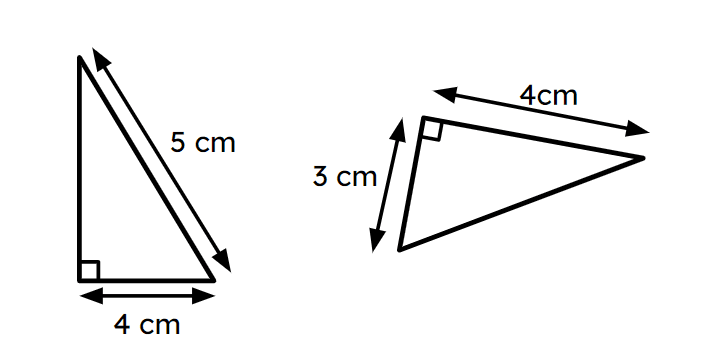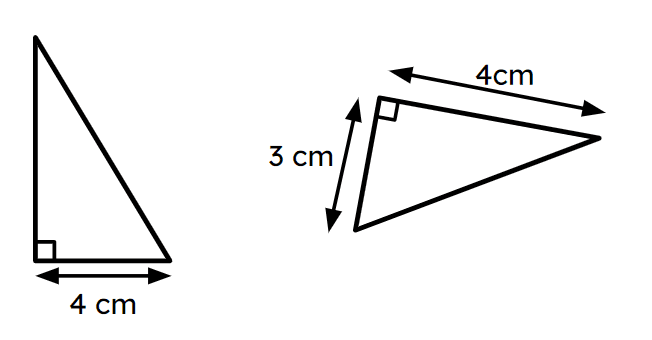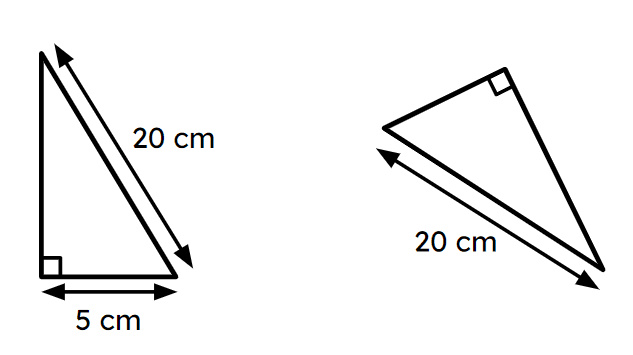Myths about teaching can hold you back


- Year 10•
- Higher
Problem solving with advanced similarity knowledge
I can use my knowledge of similarity to solve problems.


- Year 10•
- Higher
Problem solving with advanced similarity knowledge
I can use my knowledge of similarity to solve problems.
These resources were made for remote use during the pandemic, not classroom teaching.
Switch to our new teaching resources now - designed by teachers and leading subject experts, and tested in classrooms.
Lesson details
Key learning points
- A scaled version of a shape/object is very useful.
- Being able to scale the perimeter/area/volume can reduce the number of calculations.
- This knowledge of similarity can be extended to include surface area.
Keywords
Similar - Two shapes are similar if the only difference between them is their size. Their side lengths are in the same proportions.
Invariant - A property of a shape is invariant if that property has not changed after the shape is transformed.
Enlargement - Enlargement is a transformation that causes a change of size.
Scale factor - A scale factor is the multiplier between similar shapes that describes how large one shape is compared to the other.
Volume - The amount of space occupied by a closed 3D shape.
Common misconception
"One shape has an area that is 21% larger than another shape. I can't find the area scale factor between the shapes, since I don't know the actual area of either shape."
It is possible to find scale factors, even if only a percentage that describes their areas is given. One shape will have an area of 100%, so the other shape will have an area 21% larger, at 121%. The scale factor is 1.21 because 100% × 1.21 = 121%.
To help you plan your year 10 maths lesson on: Problem solving with advanced similarity knowledge, download all teaching resources for free and adapt to suit your pupils' needs...
To help you plan your year 10 maths lesson on: Problem solving with advanced similarity knowledge, download all teaching resources for free and adapt to suit your pupils' needs.
The starter quiz will activate and check your pupils' prior knowledge, with versions available both with and without answers in PDF format.
We use learning cycles to break down learning into key concepts or ideas linked to the learning outcome. Each learning cycle features explanations with checks for understanding and practice tasks with feedback. All of this is found in our slide decks, ready for you to download and edit. The practice tasks are also available as printable worksheets and some lessons have additional materials with extra material you might need for teaching the lesson.
The assessment exit quiz will test your pupils' understanding of the key learning points.
Our video is a tool for planning, showing how other teachers might teach the lesson, offering helpful tips, modelled explanations and inspiration for your own delivery in the classroom. Plus, you can set it as homework or revision for pupils and keep their learning on track by sharing an online pupil version of this lesson.
Explore more key stage 4 maths lessons from the Similarity unit, dive into the full secondary maths curriculum, or learn more about lesson planning.

Licence
Prior knowledge starter quiz
6 Questions
Q1. theorem states that the sum of the squares of the two shorter sides of a right-angled triangle is equal to the square of the hypotenuse.
Q2.The lengths of the 3 edges of some triangles are given. Select all the right-angled triangles.
Q3.A right-angled triangle has a hypotenuse of 25 m. Select the possible lengths of the two shorter sides.
Q4.Which of these pairs of triangles are congruent?




Q5.Triangle ABC and triangle DEF are congruent and AB > BC. The length of the side $$x$$ is cm.

Q6.Match each letter which the correct statement to complete the proof that triangle DAC and triangle ABC are congruent.

a -
∠ABC
b -
AC
c -
DC
d -
RHS
Assessment exit quiz
6 Questions
Q1.Two shapes are if the only difference between them is their size. Their side lengths are in the same proportions.
Q2.The multiplier between the surface areas of a pair of similar objects is $$k^2$$. Select the correct statements.
Q3.Shapes X and Y are similar to each other. The volume of shape Y is 216 times larger than the volume of shape X. The linear scale factor from X to Y is .
Q4.Shapes X and Y are similar. The perimeter of shape Y is 125% of the perimeter of shape X. Work out the area scale factor from X to Y.
Q5.Pyramid A and pyramid B are similar. The surface area of pyramid A is 50 cm² and its volume is 120 cm³. The surface area of pyramid B is 450 cm². Calculate the volume of pyramid B.

Q6.Cuboid A and cuboid B are similar. The volume of cuboid B is 7680 cm³. The surface area of B is cm².


